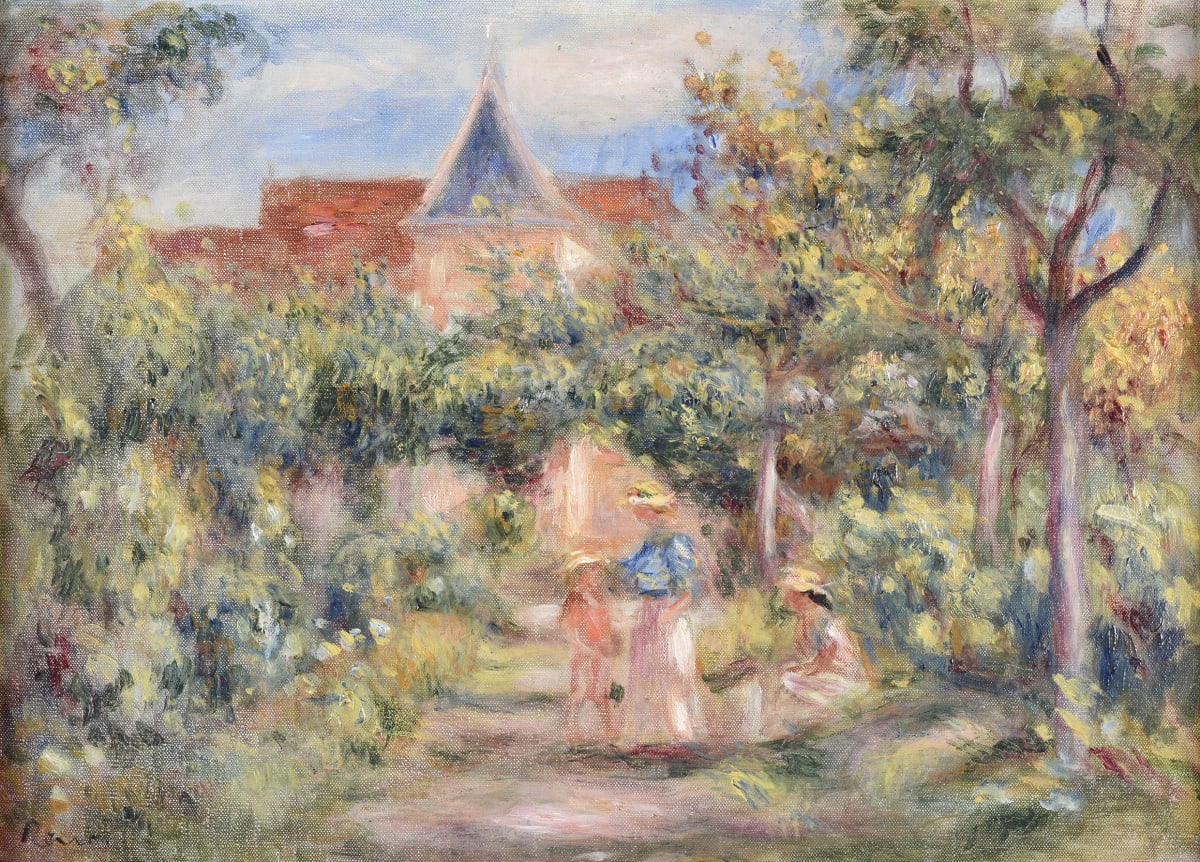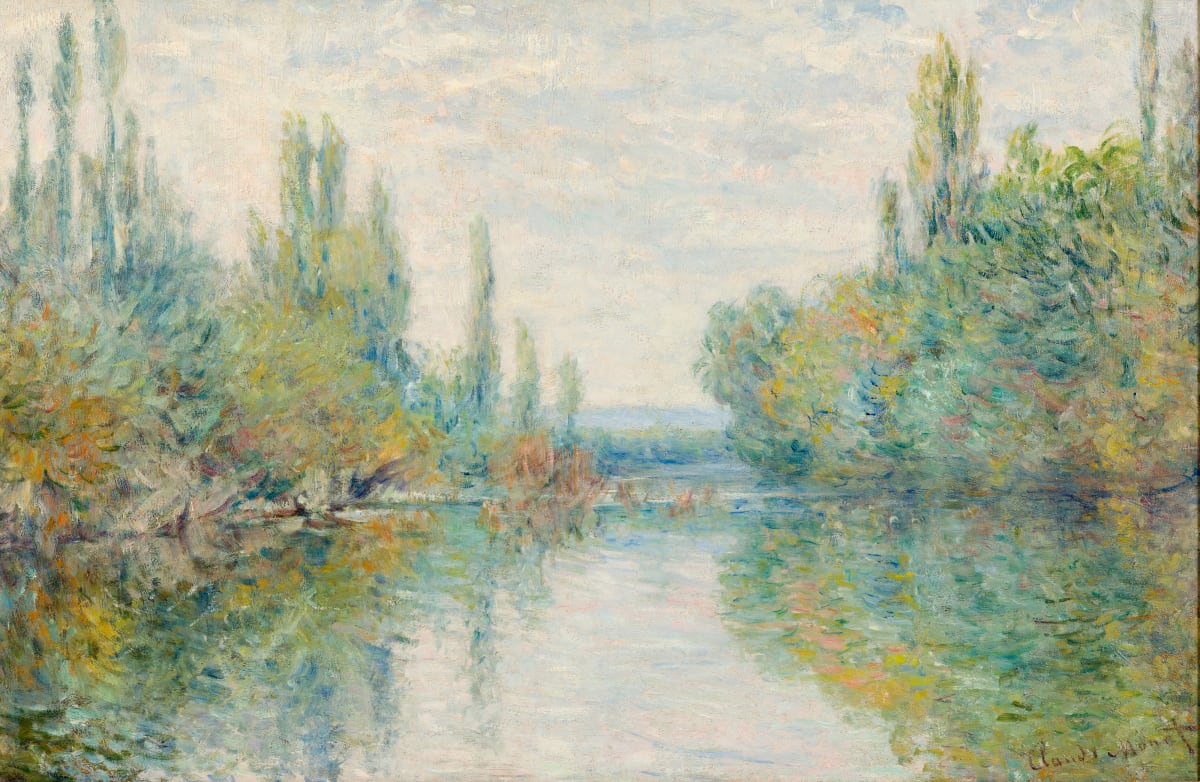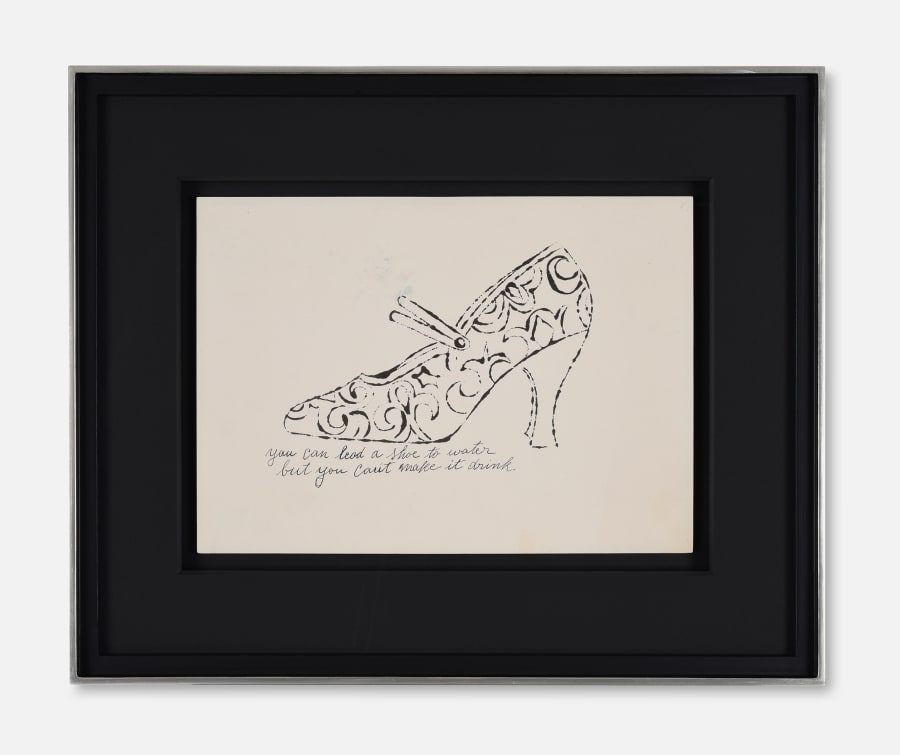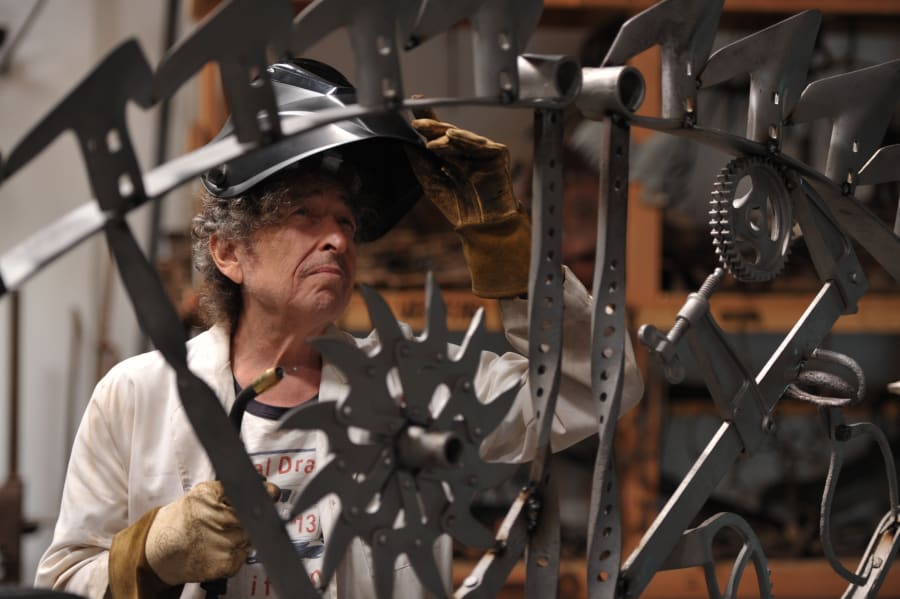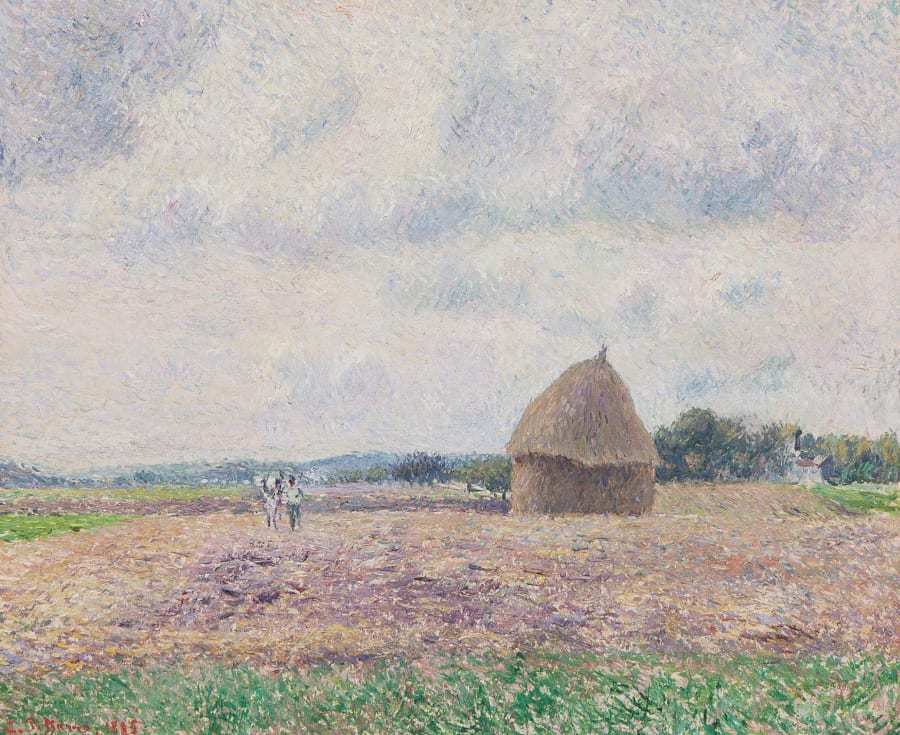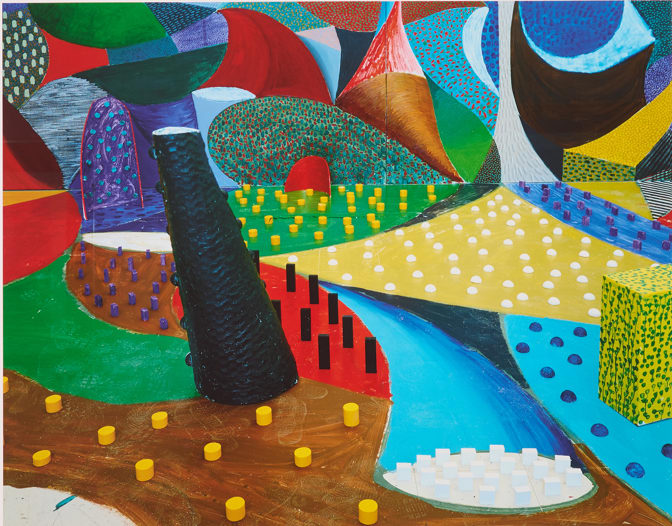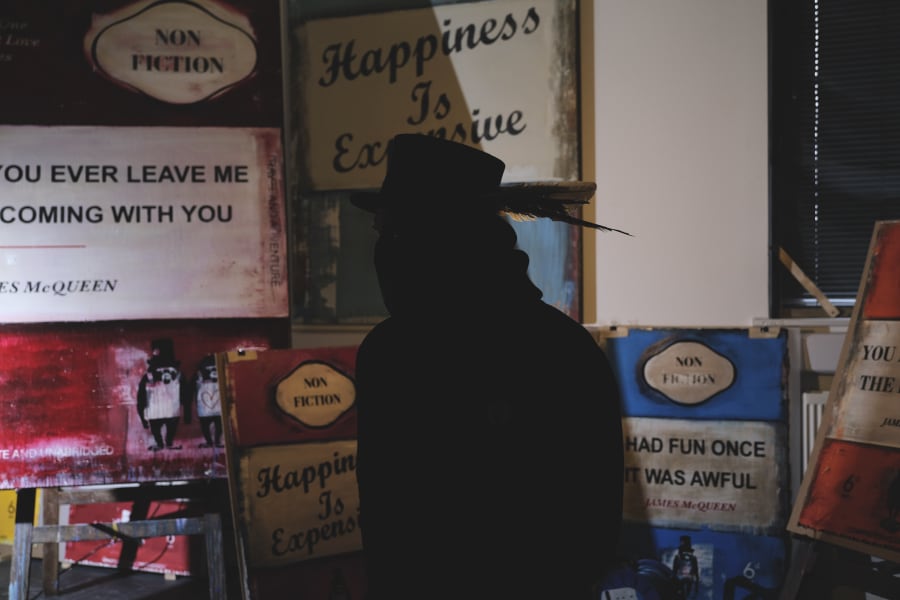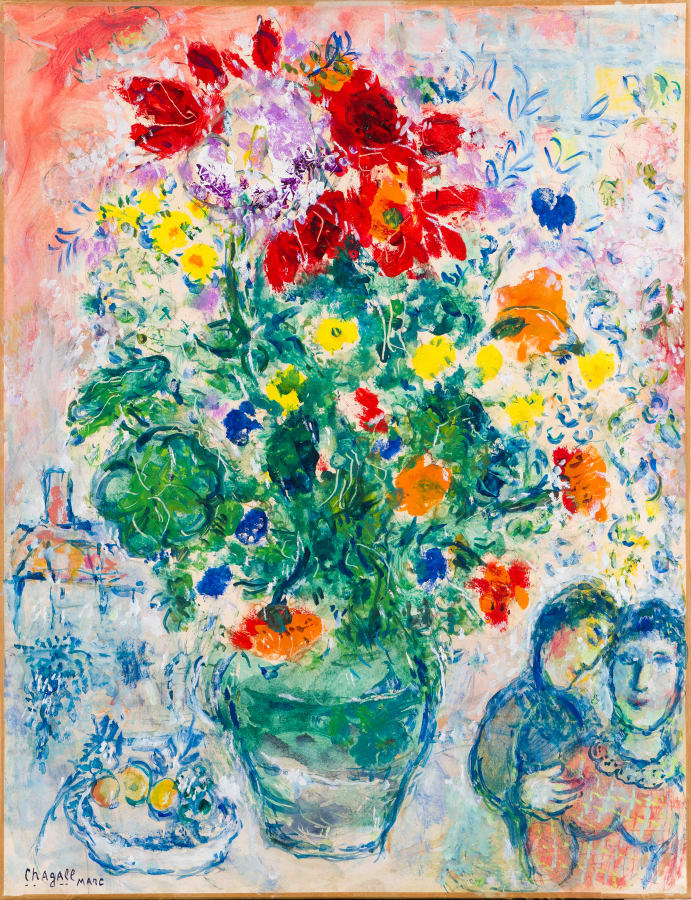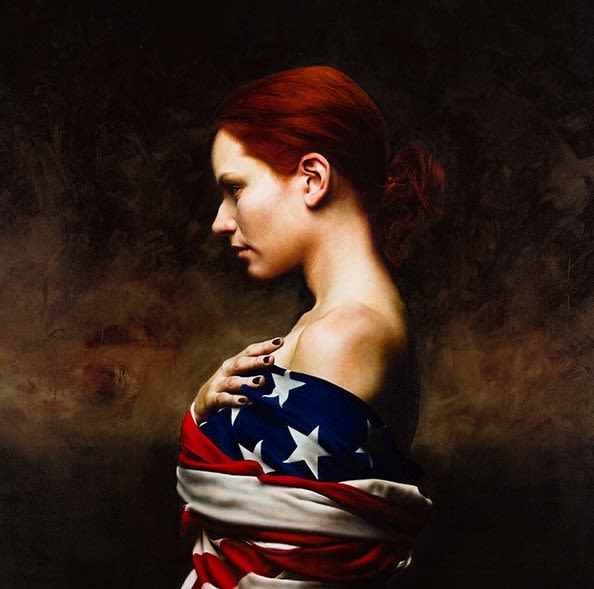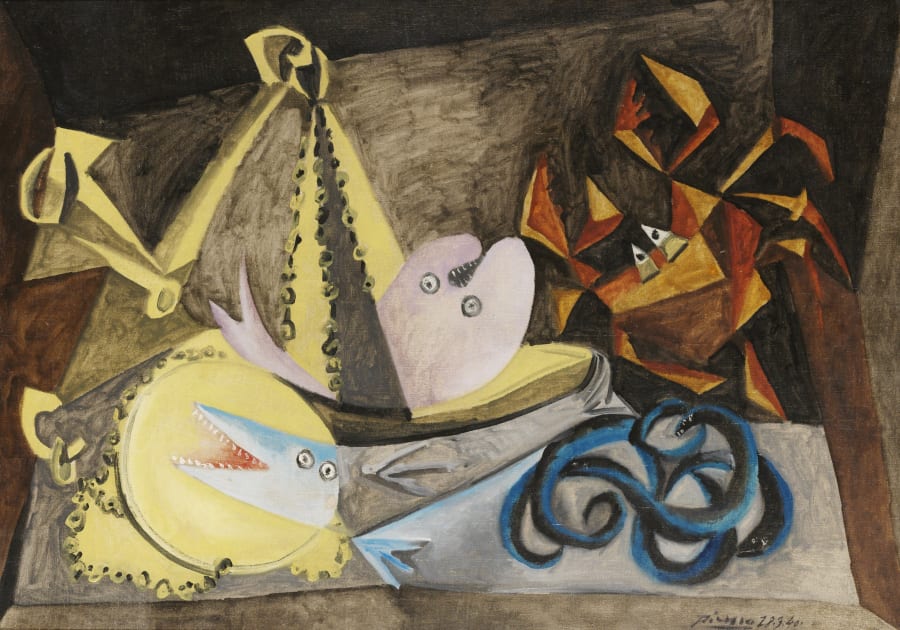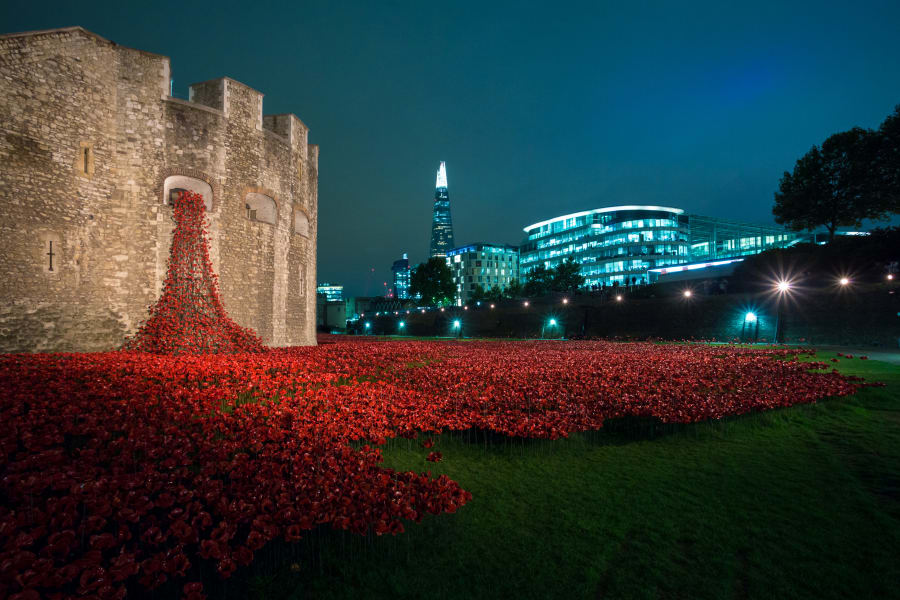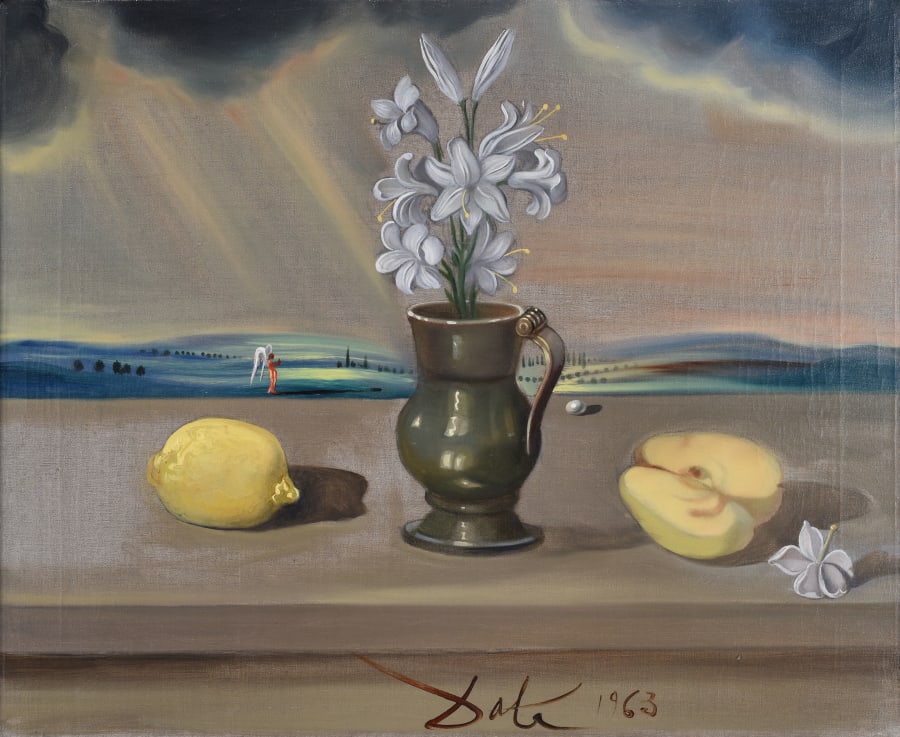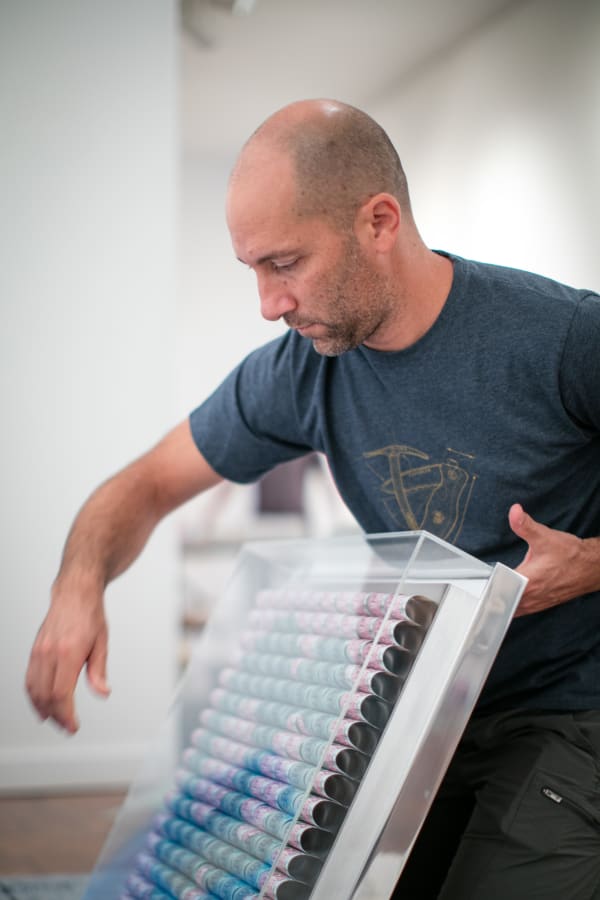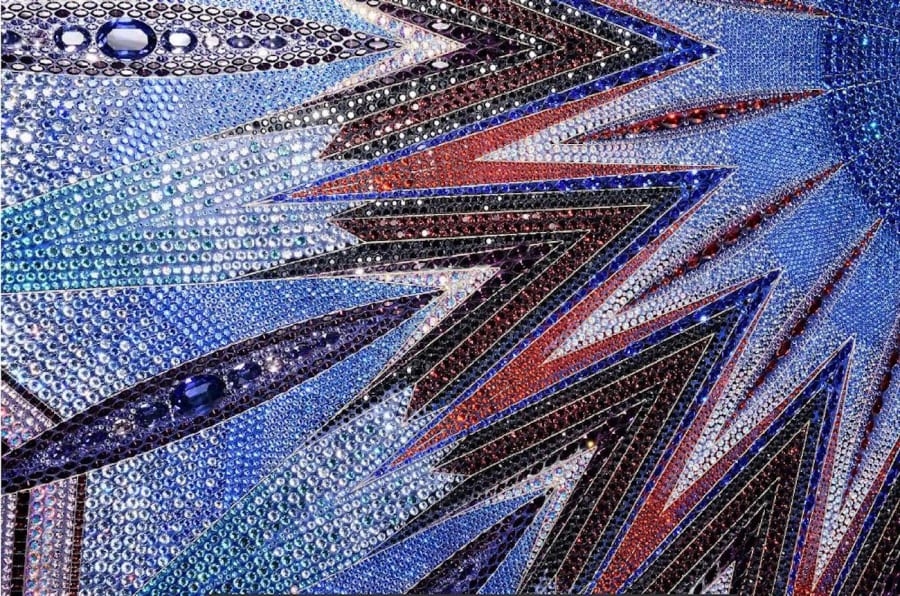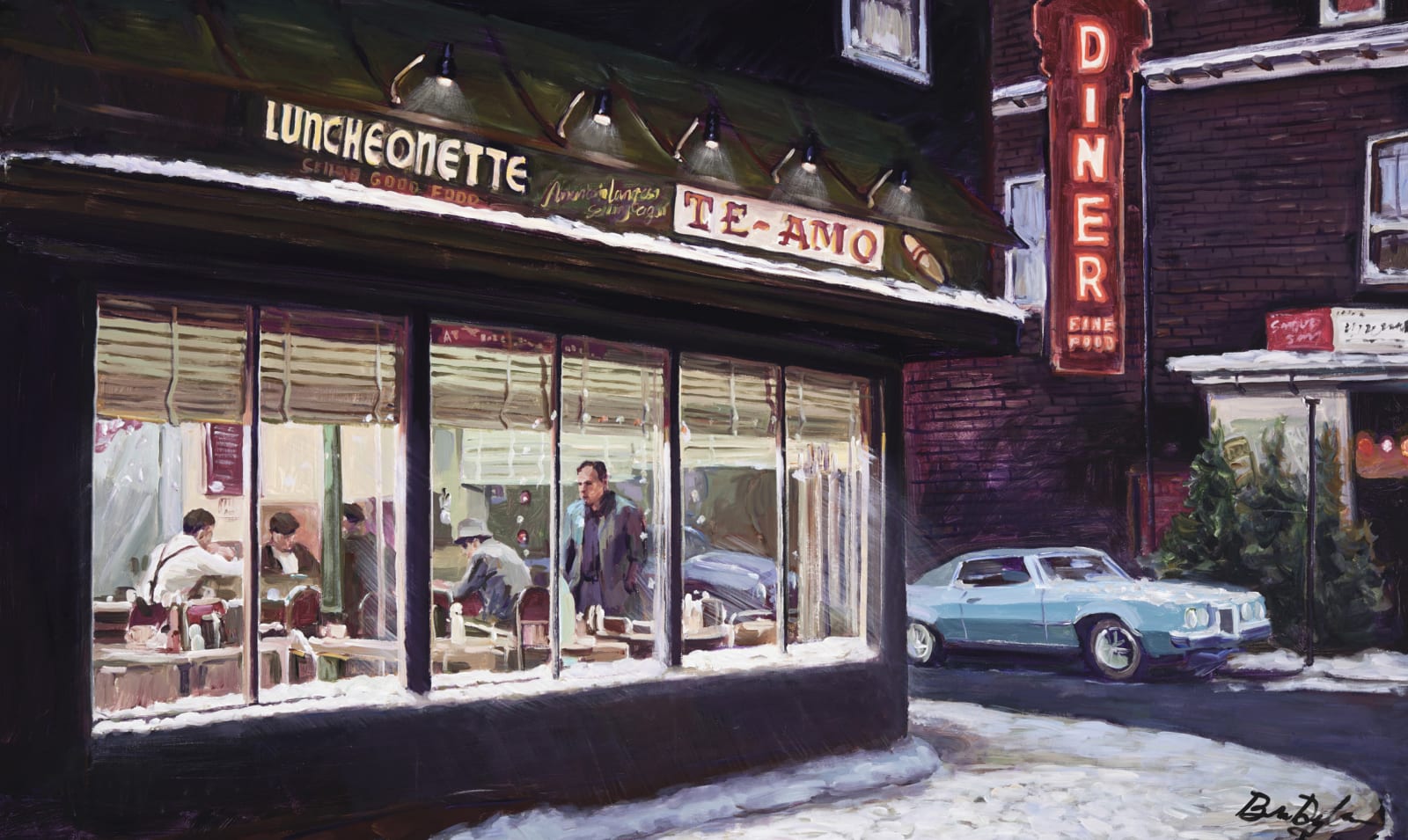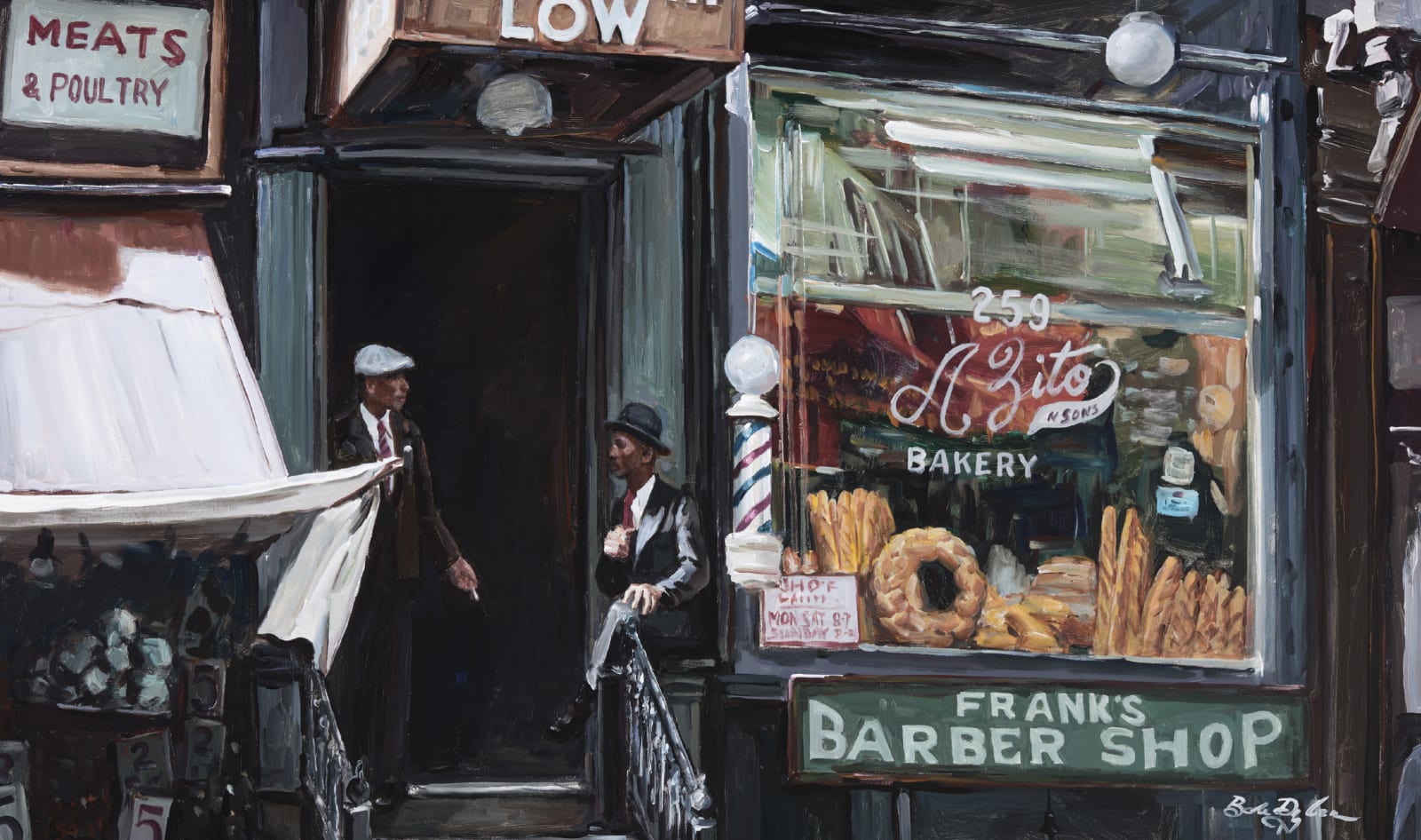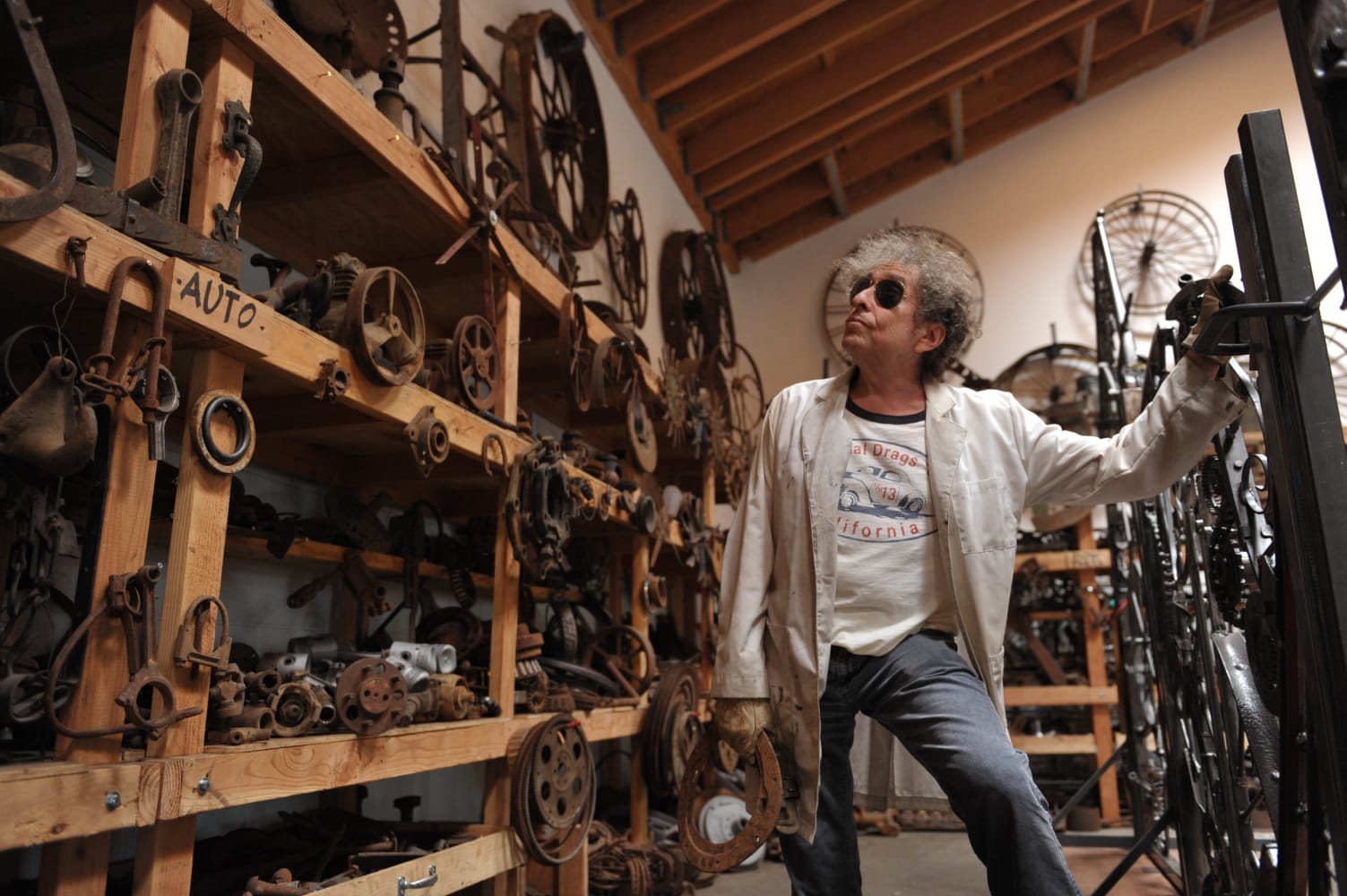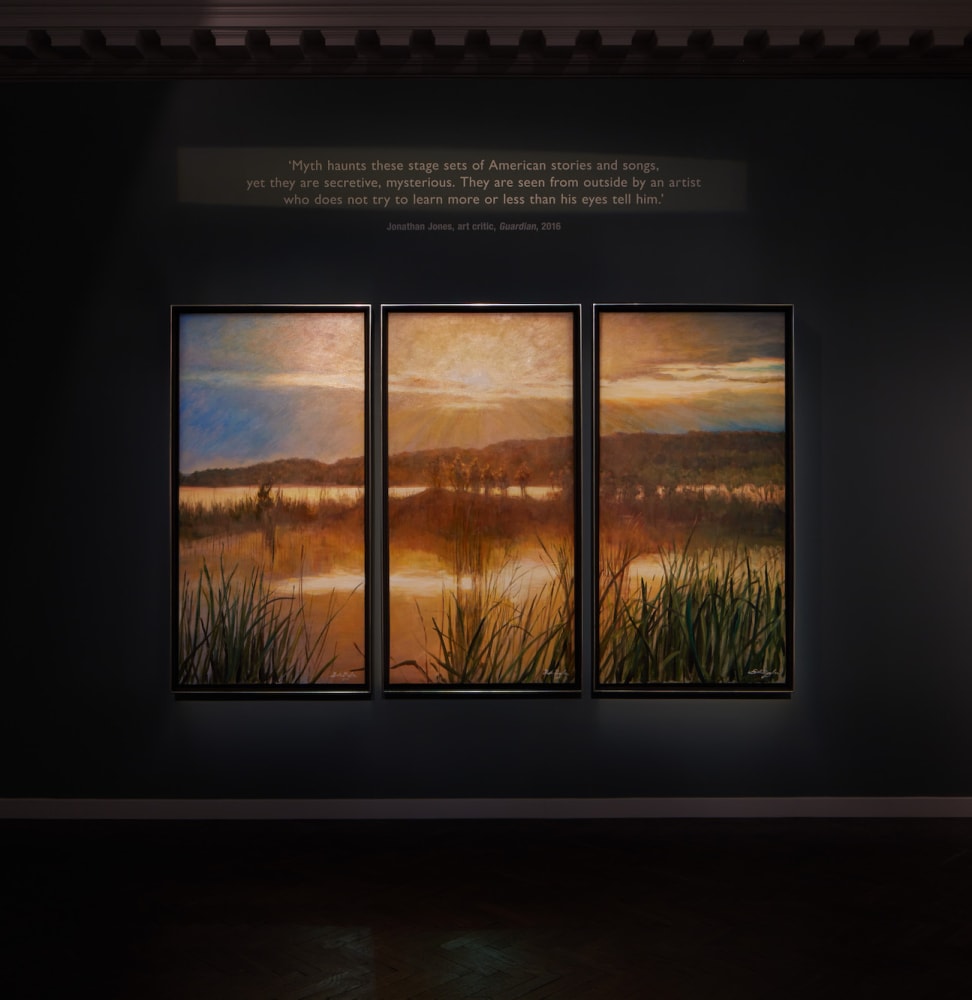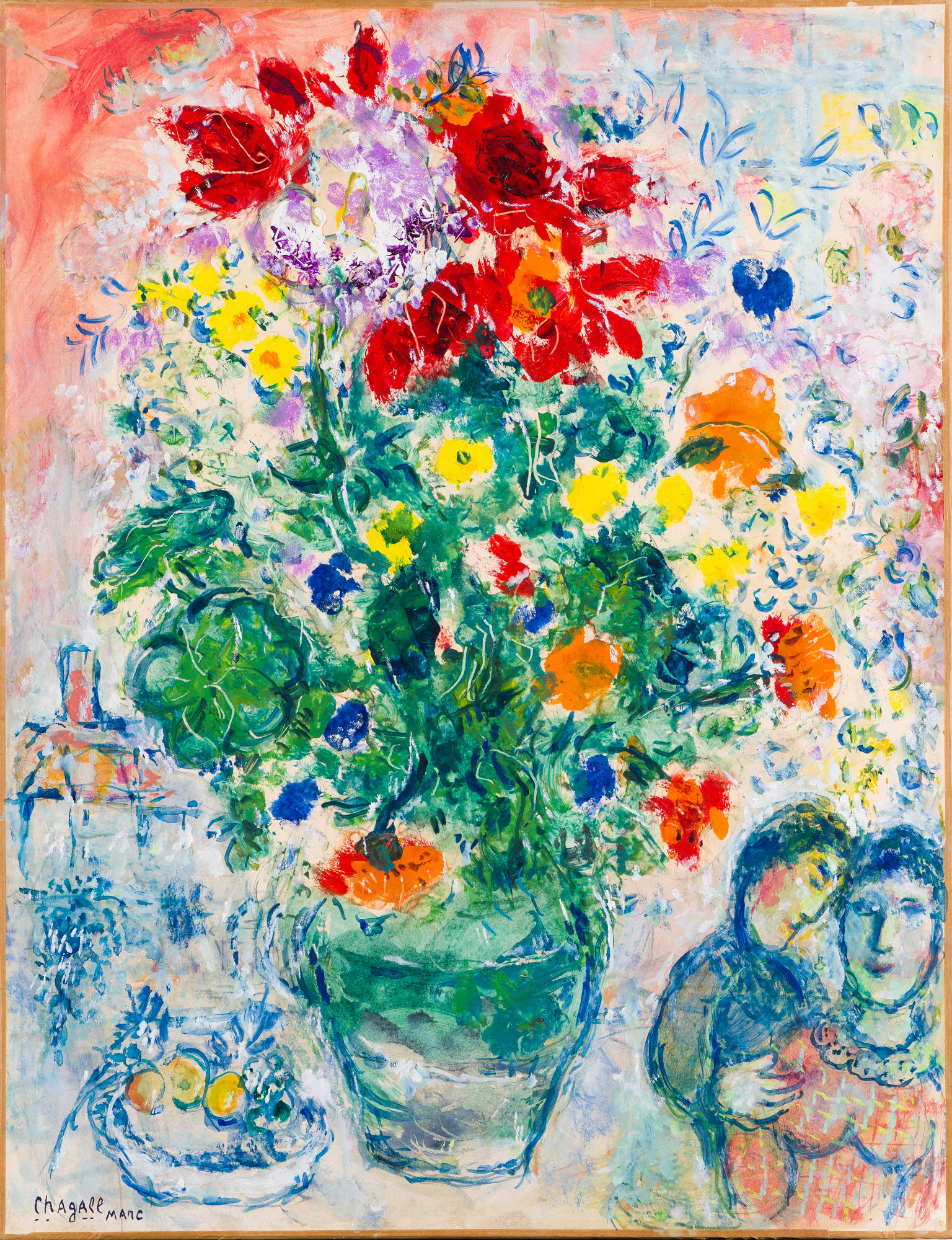

Marc Chagall
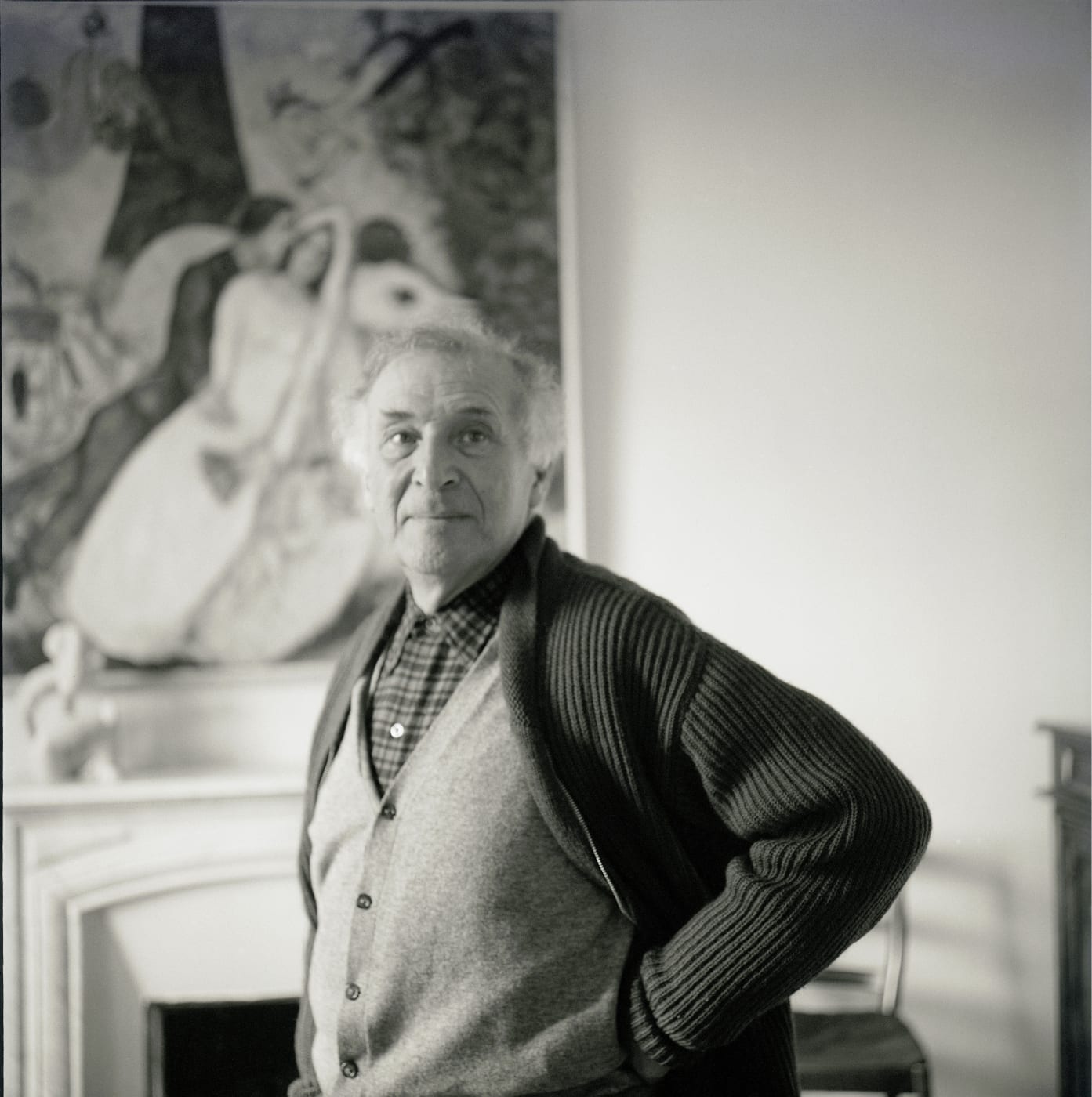
Russian-born painter, printmaker and designer Marc Chagall was one of the greatest figurative artists of the twentieth century. Chagall's later career is defined by his major public commissions, most notably his monumental stained-glass windows for significant buildings in both Europe and the United States.
'The landscapes, the figures of Cézanne, Manet, Monet, Seurat, Renoir, Van Gogh, Fauvism, and many other things overwhelmed me. These attracted me to Paris like a phenomenon of nature.'
Prolific throughout the twentieth century, Chagall's works portray the world with a dreamlike simplicity and a fusion of fantasy and nostalgia, anchored by an astounding sense of colour and of the atmospheric effects of light. Having started his artistic career in Russia, in 1923 Chagall moved permanently to France where he would mix with leading Fauvist, Cubist and Surrealist artists. As well as painting, in his later years Chagall continued to design for the theatre and in the late 1950s he started working with stained glass, including major commissions in cathedrals throughout Europe and for the United Nations in New York.

As in many of Marc Chagall's most distinguished and best-known canvases, Grand Bouquet de renoncules from 1968 is a celebratory yet tender embodiment of love. The pastel, gouache and oil painting demonstrates the extraordinary use of evocative colour for which Chagall is celebrated. As Pablo Picasso espoused, 'When Matisse dies, Chagall will be the only painter left who understands what colour really is ... There's never been anybody since Renoir who has the feeling for light that Chagall has'.
Chagall's paintings are often laden with symbolic meaning and with its vibrant burst of jewel-toned flowers comprising buttercups, red roses and lush green foliage, Grand Bouquet de renoncules is typical in this respect. As art historian Andrew Kagan has explained, Chagall's artistic production frequently had an autobiographical aspect and was 'more than anything else a means to record his sensations, his memories, his moods, his feelings about life'. Sixteen years prior to painting Grand Bouquet de renoncules, Chagall had married his second wife Valentina Brodsky, who remained with the artist until his death in 1985. Together they lived in Saint-Paul-de-Vence in the South of France in a state of marital bliss and affection.
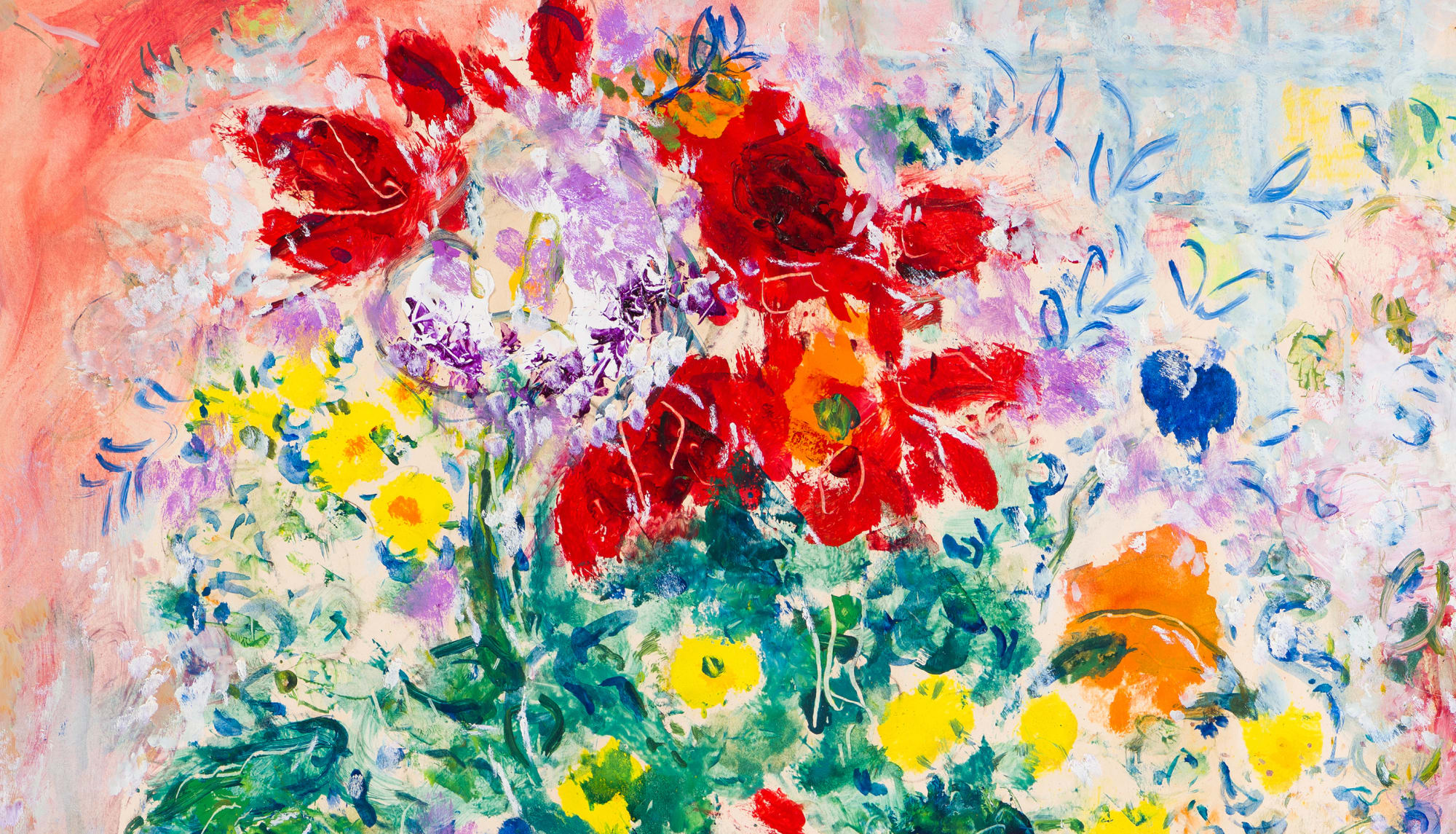

Marc Chagall settled in Vence in 1950, and would live in this area of the South of France for the last three decades of his life. The inscription on Les Deux Bouquets, 'Vence 1950', identifies this as one of the first paintings Chagall created in his new home. The flowers are painted delicately with a faithfulness to the true colours of the petals. Flowers were a prevalent subject in Chagall's art, evoking joy, love, but also the melancholy of memories. Though he often used colour irrespective of the diverse elements of a composition - the same deep hues were used for figures, architecture and landscape alike - flowers gave the artist the opportunity to enjoy a more traditional painting style where colour values are maintained and tonal qualities carefully harmonized.
The window in the background of Les Deux Bouquets subtly evokes the expansive blue sky of the Côte d'Azur that lies beyond. Chagall's investigations into the atmospheric effects of light would develop significantly towards the end of the 1950s. In the spring of 1958, Chagall met Charles and Brigitte Marq with whom he would go on to create more than 80 stained-glass windows in Europe, Israel, and the United States. These included 12 windows for the Synagogue of the Hadassah Medical Centre, Jerusalem; the Reims Cathedral Windows; the Union Church of Pocantico Hills, New York, commissioned by the Rockefeller family; the 'Peace' window at the United Nations, also New York; and the America windows for the Art Institute of Chicago.


